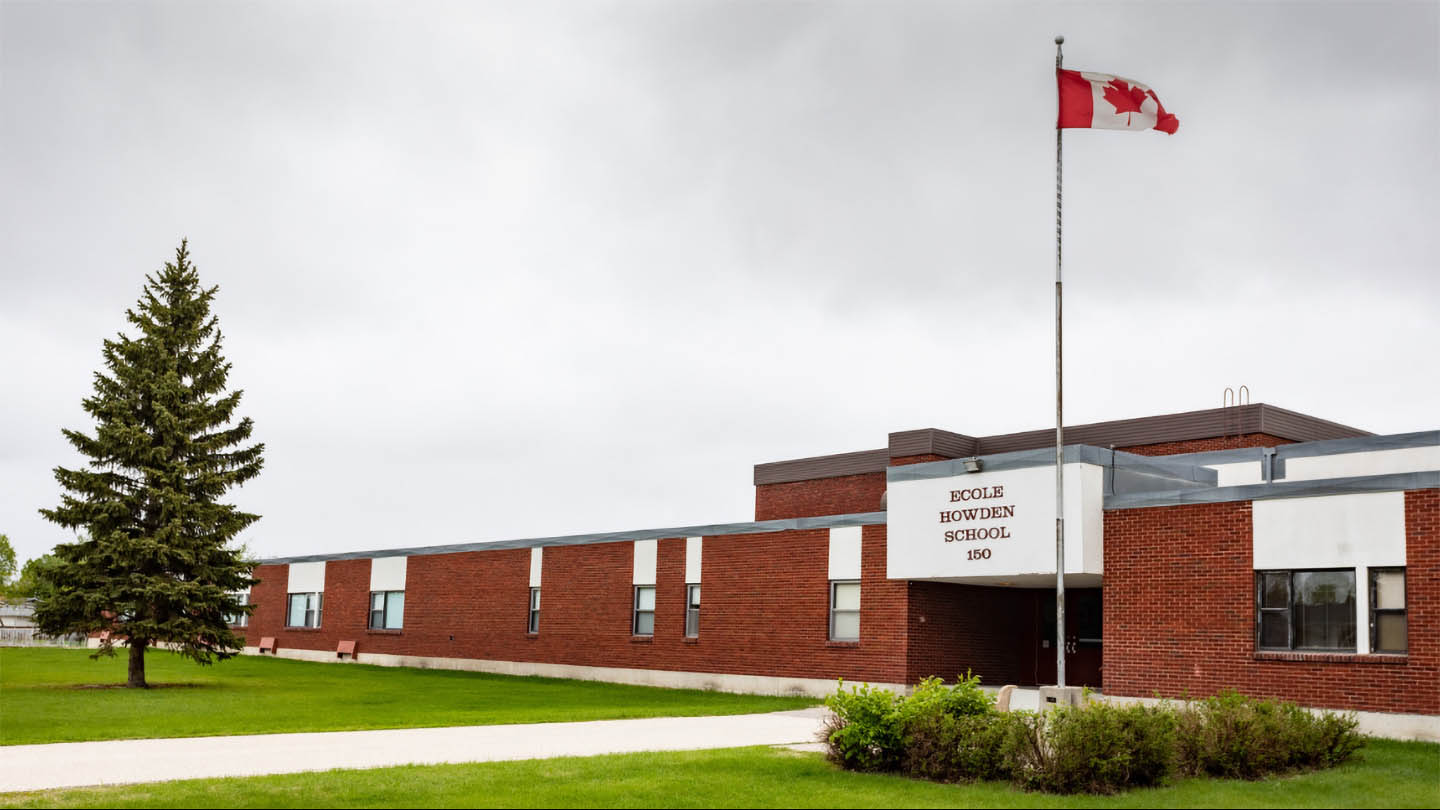Disarming Dyslexia: OISE researchers help revive, improve intervention program in Winnipeg

When Professor Becky Chen and Krystina Raymond got the call that a school in Winnipeg needed their help, they sprung to action.
Over the last year, the researchers, from Chen’s Multilingualism and Literacy Lab at OISE, have worked with École Howden, a K-6 French Immersion school, to develop their dyslexia intervention program – which sought to identify primary students experiencing dyslexia and design plans to assist their literacy education.
Serving about 200 students initially, the program will be expanding across the Louis Riel School Division, the board that administers École Howden and numerous French Immersion and English-only elementary schools in Winnipeg. The program can potentially assist over 2,300 students annually.
It is an effort encapsulated in a podcast produced by Raymond and the MLL team.
How did it happen?
Howden had implemented and practiced the program based on the Lab’s research and came forward to Chen and Raymond to assess its effectiveness. They had tons of data – reading scores, but needed help to decipher it.
“Because these children are in French Immersion, when they enter kindergarten, they just start to learn French, so it's really hard to assess them in French because their French proficiency is low,” says Chen, who is based in OISE’s department of Applied Psychology and Human Development. “Our research has found that it's possible to assess them in English and detect reading problems in French.”
“We tried to look for tools that would really help in preventing dyslexia and further reading difficulties,” added Raymond, a third-year doctoral student. Raymond, with Chen’s assistance, used statistical methods to analyze the school’s data. “The main concern was that in Grade Two, they realized that they were having an increase of children who were having reading difficulties, but they only had 16 spots available.”
The researchers found that through English reading skills tests, you could predict children's reading scores in French – “if they were struggling in kindergarten in phonological awareness, they were going to be struggling in grade one,” says Raymond.
What Chen and Raymond sought for Howden was a Response to Intervention model that had been regularly practiced among monolingual children in the US. They helped the school extend the model to its French immersion program. In the Howden case, the teachers provided two rounds of interventions during the school year – with a final assessment installed in May and June.
“For children with reading difficulties, early identification and early intervention are key,” said Chen. “We want to catch them up as early as possible.”
It’s called progress monitoring, and its purpose is to continue helping children who are having difficulties after the first round of interventions in the fall. “We noticed that many of the children who still seemed to struggle, they might remain at risk,” explained Raymond. “However, due to the intervention, there's great improvement. And that's the main purpose here – it’s to see improvement and is to give children that help that is needed.”
The key to its success
The adjustments to their program were lifted by the professional learning community, led by principal Ron Cadez, that was developing at Howden. “I think the uniqueness of this program is that it's entirely initiated by the teachers,” said Chen. “They collected the data and designed the interventions”
The reality is that there isn't enough special resources or resource teachers, who have the time and money to implement programs to help kids experiencing dyslexia, said Raymond. “The school boards don't have the financial resources for these children who are falling behind. So, by having teachers involved, and having the principal involved, there's a very big professional learning community that comes with this sort of intervention.”
Ecole Howden set the example. And, with Cadez installed as a regional principal, the Louis Riel School Division is looking to rapidly replicate the program board-wide. The will of the faculty at Howden has been the difference, say the researchers.
“And then just around [the summer], the principal of that school was promoted, to be in charge of the entire school district,” Chen recalled, “and he decided to expand it to the entire school district. I was very surprised.
“When he asked to meet with me in August and told me about his plan, I was like, ‘Oh, my God it’s getting so big!”
This could not be possible without the involvement of Cadez, but also Louis Riel School Psychologist Robert George, McGill researcher Dr. Fred Genesee, literacy expert Dr. Caroline Erdos, Howden teachers Nicole Neveux and Michelle Follows, and colleague Dr. Kathleen Hipfner-Boucher, says Raymond.
And, the work isn’t done. Principal Cadez has forwarded more data and the team is going to meet soon to provide more analysis, some initial results, and track the progress of testing taking place. “Once we have all the data, we'll help them identify the kids who are likely to struggle, and then we'll come together again as a team to provide ideas for the intervention. They already have an intervention program in place, but we want to improve that, we want to help them.”
The project could have wider impacts, and boards nationwide could foresee this initiative take place in their schools. “Seeing everyone come together, and just communicating and working well together has really shown that if they're able to do it out there in Winnipeg, Manitoba,” says Raymond, “why can't we do it in other places? There's opportunities for every child.”